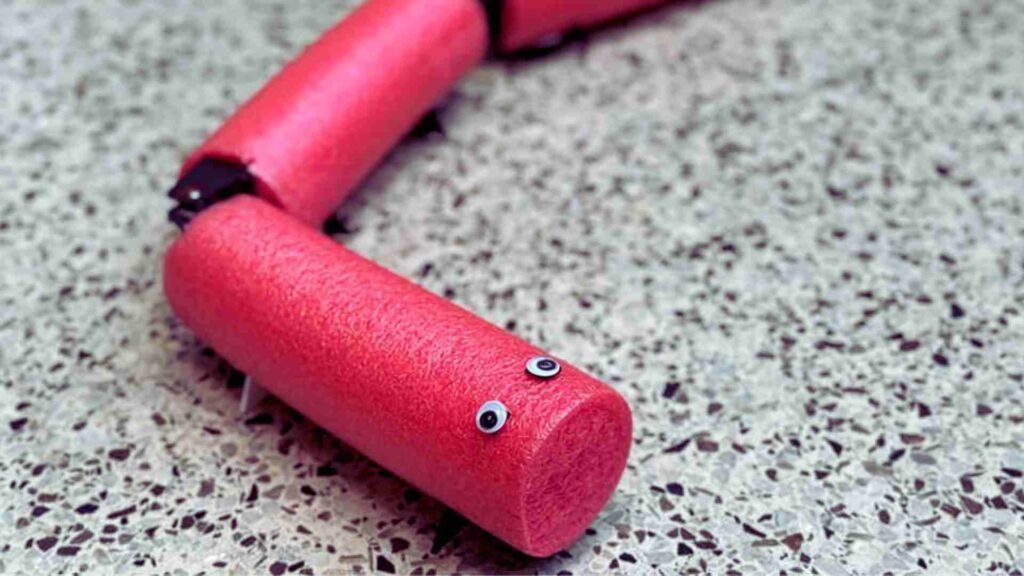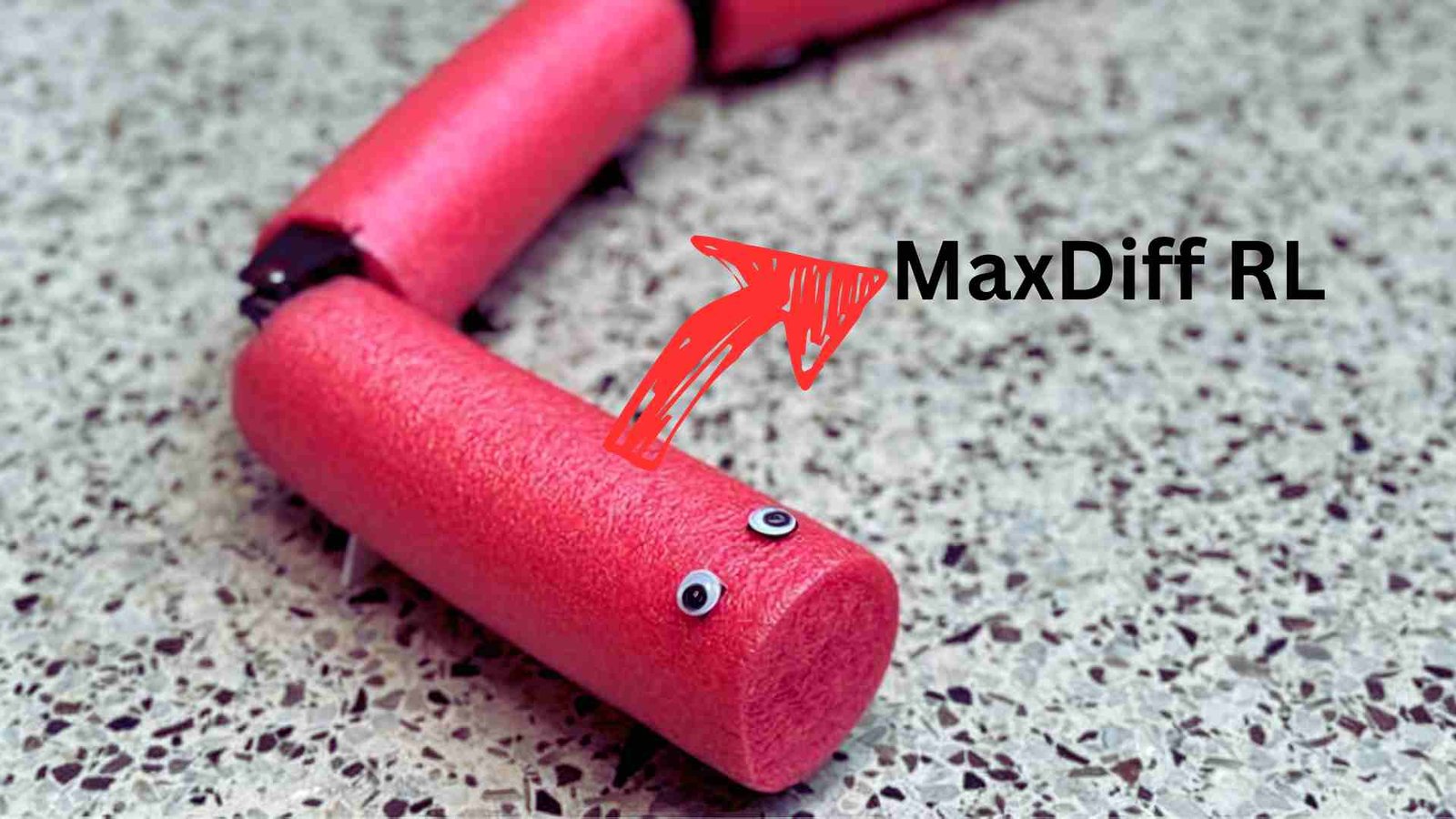Recently, engineers created new groundbreaking AI algorithms that allow robots to learn and accomplish things lawlessly on the first try. Robots use this technology to transform themselves into super-learners.
You are aware that the surroundings are rapidly changing due to growing technology, and as a result, our future world is a difficult topic, but scientists anticipate that there will be many glimpses. The introduction of this sort of technology shows that our planet is on the verge of becoming far more advanced.
ALSO READ – 15+ Google Gemini Prompts
Northwestern University engineers developed the groundbreaking AI algorithm Maximum Diffusion Reinforcement Learning (MaxDiff RL), which allows robots to outperform existing AI systems.
MaxDiff RL can encourage robots to explore their surroundings randomly while also providing a greater diversity of experiences for faster learning. MaxDiff RL mastered doing new tasks on the first attempt.

Robots Master Tasks on First Attempt
This new type of artificial intelligence algorithm, Maximum Diffusion Reinforcement Learning (MaxDiff RL), is extremely intelligent and capable of encouraging robots to examine their surroundings and learn a diverse range of experiences.
MaxDiff RL AI algorithms present themselves as very advanced learning robot.
ALSO READ – Best Free Clothes Remover AI Tools
This technique eliminates the need for lengthy trial-and-error processes; instead, this AI algorithm prepares the way for faster, more efficient, and adaptive robots with practical applications.
Traditional Robot Learning vs. MaxDiff RL
Robots have traditionally relied on trial-and-error learning, but the MaxDiff RL presents an evolution in robot learning that makes it insane.
Traditional Robot Learning
- Pre-programmed data: Robots depend heavily on human-curated data.
- Slow learning process: Robots can learn with repeated attempts.
- Limited adaptability: Robots are trained using specific data and require time to adapt to new situations.
MaxDiff RL
- Encouraging random exploration: Robots explore their surroundings and collect varied data through self-directed experience.
- Faster learning: Robots can learn quickly in their first attempts.
- Improved adaptability: Capable of better adapting to new situations and surroundings.
MaxDiff RL AI’s innovative algorithms apply to a variety of robotic systems, including mobile robots and stationary robots.
Mobile robots allow you to smoothly navigate and connect with your surroundings.
ALSO READ – Top 3 AI tools for PDF, YouTube, and Celebrities Callers
Stationary allows you to establish positions like arms, which can use MaxDiff RL to learn new tasks and enhance their efficiency.
What featurs have implants in MaxDiff RL
- With this technology, robots can perform superior tasks and complete them on their first attempt.
- MaxDiff RL enables robots to collect a wide range of data while learning successfully.
- This algorithm is adaptable and can be used in a variety of robotic applications, both mobile and stationary.
Conclusion
This type of MaxDiff RL breakthrough is a watershed moment in the field of robotics, allowing robots to learn and perform new tasks on their first attempt.
Its adaptability makes it suitable for use on a wide range of robotic platforms, from mobile robots navigating dynamic settings to stationary robotic arms executing intricate tasks.
